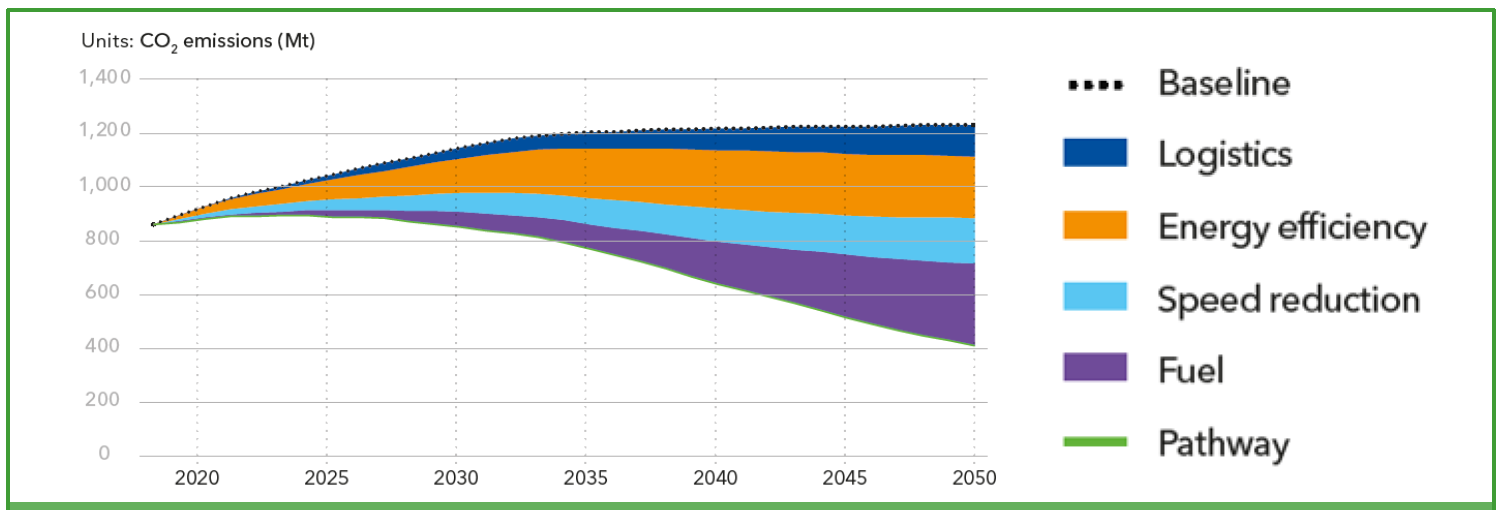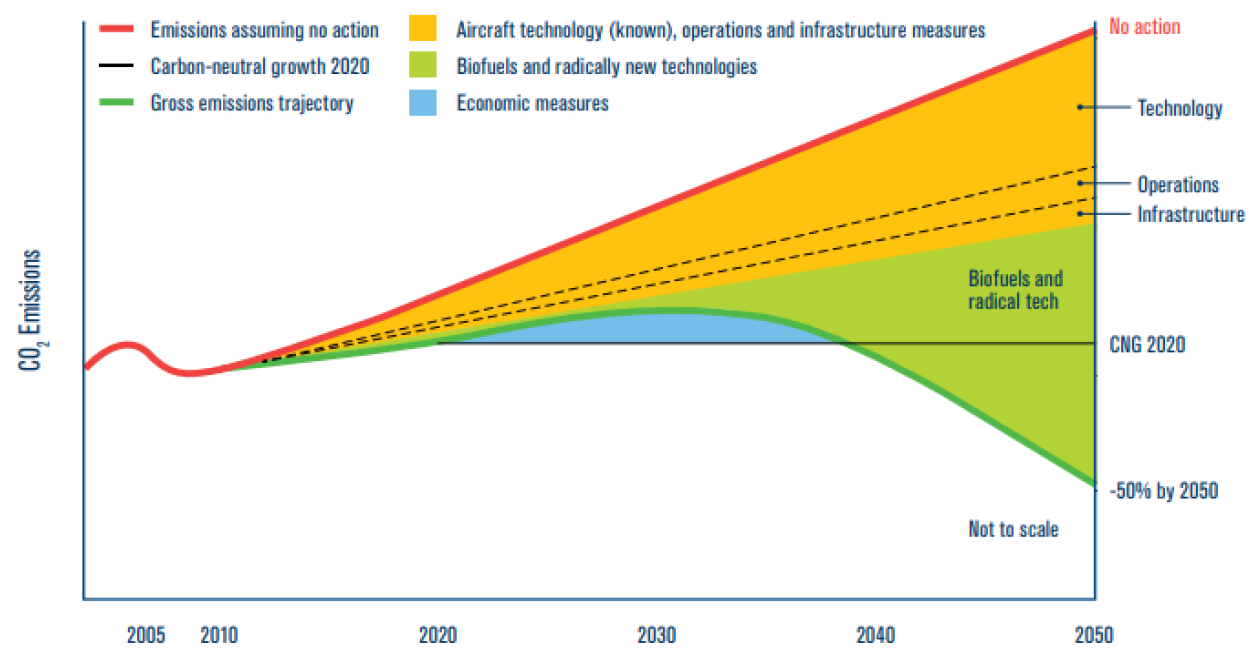

In December 2021, the European Commission Directorate-General in charge of transport, a.k.a. DG MOVE, launched the “Renewable and Low Carbon Fuels Value Chain Alliance”, a public-private initiative aimed at creating an industrial and commercial momentum for the decarbonization of air and maritime transport, with 2030 as a short-term horizon, in line with the EU grand ambition Fit-for-55. Is there a better example to show air and maritime transports are on a similar path, when it comes to carbon footprint reduction, at least from a regulatory approach?
Indeed, those two sectors do share similarities: Global and competitive activities, with solid growth rates, at least until the pandemic; featuring, today, a modest share of greenhouse gas (GHG) emissions, around 3%, in majority from inter-continental voyages; overseen by international bodies, the International Civil Aviation Authority (ICAO) and the International Maritime Organization (IMO); slow in decision-making, like all international organizations; both still facing an existential threat.
When industrial sectors that can be regulated on a local or regional basis, such as road transport or electricity generation, have clear decarbonization trajectories toward net zero by 2050, air and maritime transports, if left in a business-as-usual with robust growth mode, would become notorious villains, in thirty years from now, from the GHG emissions standpoint. Potential backlash, in the guise of flight shame or re-shoring, could be a disaster for these sectors. Global strategies to drastically reduce the carbon footprint between now and 2050, with comparable end points in terms of GHG emissions, have thus been proposed, for marine (top) and aviation (bottom):

Source: DNV Maritime Study, 2019

Source: ATAG
Obviously, low-carbon fuels do not have the same importance in those two strategies.
But these two sectors also enjoy massive differences:
Business aspects: Maritime transport is much more concentrated, with global giants like Maersk or CMA-CGM. Whereas air transport is fragmented between hundreds of legacy, state-owned and low-cost airlines, fiercely fighting for market share, on a lowish margin basis, depending on the local level of competition. Air transport operates on a B-to-C approach, where cost increases are much more difficult to pass on to individual passengers, tourists that do not necessary feel they must compensate their carbon footprint. Maritime transport operates on a B-to-B approach, with global market-based freight rates reflecting the global state of transport availability, providing service to companies wishing, actually needing, to transport goods from one side of the planet (like East) to the other (like West), companies that are also under pressure to reduce their own carbon footprint. And the transition to more efficient equipment and lower-carbon fuels is not cheap.
Solutions: Again, maritime transport enjoys more flexibility. Even if hydrogen and electricity are contemplated for aviation, with an impact in the far future only, present design, existing fleet, considerations will force airplanes to keep on relying on liquid fuels for several decades, for sure until 2050. Safety concerns have triggered a thorough certification approach, under the supervision of ASTM International, to qualify, on a global basis, Sustainable Aviation Fuels (SAF), low-carbon aviation fuels. From a chemical point of view these are copycats of fossil-based jet-fuel, but are manufactured from renewable raw materials, such as biomass, CO2, electricity, and diversified transformation processes, the combination of the two leading to a much higher fuel cost, by a multiple factor. Whereas ships can be built or retrofitted to use a variety of lower-carbon fuels. Liquid biofuels and e-fuels (incorporated to heavy fuel-oil and marine diesel), gas (natural gas, biogas, e-gas), electricity from batteries or solar cells (for short distances, like ferries), hydrogen, hydrogen-derived fuels (methanol, ammonia), wind (back to the 18th century, with improvements).
Add to this the impact of the pandemic. Air transport has suffered and will not quickly recover from the breakdown of activity of the last two years. SAF will likely suffer some delay at take-off, despite emerging supportive, but still modest, regulations, in the EU and the USA. In contrast, maritime transport has enjoyed an awesome 2021 profitability, which could segue in 2022. As an example, CMA-CGM, ranked third behind MSC and Maersk, posted 2021 profits higher than those of TotalÉnergies, deemed at a historic high! No surprise to see a wave of investments in more efficient ships running on alternative fuels. For example, Maersk will operate eight sea-going vessels running on methanol by 2024 and is partnering for offtakes of 730 Kt/year by 2025; since 2021, CMA-CGM has started commissioning 6 LNG-fueled vessels, bunkering thereof is now possible by TotalÉnergies. Shipping is thus seriously investing in new, efficient, vessels, powered by low-carbon fuels. Deep pockets do help making commercial-scale decisions toward sustainability.
Air transport may have had a head-start in the global decarbonization of its activities, showing eagerness for sustainable and responsible aviation, but it looks like maritime transport is catching up nicely and could well take the lead. Not that these two sectors directly compete with each other, but it may be bad omen to become the societal laggard in the race to 2050 for carbon footprint reduction.
Philippe Marchand is a Bioenergy Steering Committee Member of the European Technology and Innovation Platform (ETIP).